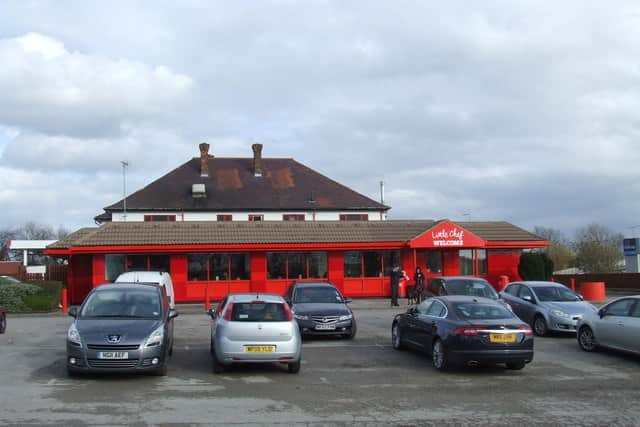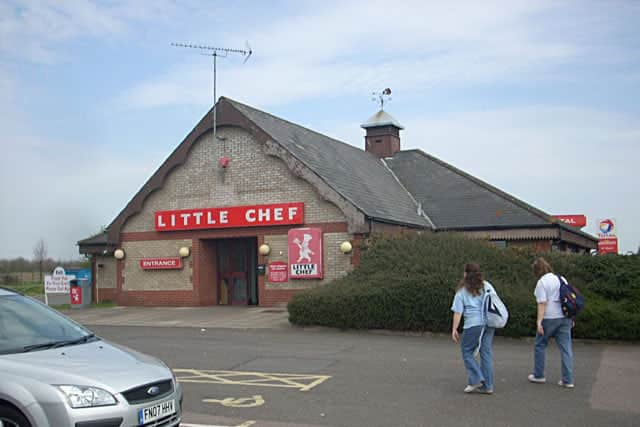Happy Eater: A look back at British roadside restaurant chain - what happened to it and links to Little Chef
and live on Freeview channel 276
There was a time when the restaurants that dominated the UK's motorways and A-roads were not fast-food chains from the US. In fact, there were brands born here in the UK that were the favourite places to stop for a bite.
From the 1970s to the mid-1990s, there were two main choices for where to eat - Little Chef and its rival Happy Eater.
Advertisement
Hide AdAdvertisement
Hide AdNationalWorld has already explored the story and fate of Little Chef - but what is the linked history of Happy Eater?
How did this chain with this iconic yellow and red branding go from having around 85 locations to being wiped off the map in the 1990s?
Founding and history
The brand was founded in 1972 by Michael Pickard. He left Little Chef's parent company - Trust Houses - that year after it merged with Forte.


Little Eater was owned by Courage Brewery which was owned by Imperial Group and its first location was opened in May, 1973, in Ripley.
Advertisement
Hide AdAdvertisement
Hide AdThe south-east was identified as an area of focus for the business and the restaurant was also considered to be marginally more affordable than Little Chef.
A menu from 1979 shows how kids could be fed meals at well under £2 and cheeseburger meals for adults were only marginally higher.
Eight years after launching, Happy Eater had 21 restaurants that were mainly housed in existing pubs or cafes near petrol stations.
Its restaurants were all similarly decorated with a yellow theme including yellow light shades and tables that could easily be replicated. All restaurants were adorned with the logo of its oddly unwell-looking red mascot.
Advertisement
Hide AdAdvertisement
Hide AdExpansion
By 1986, the number of restaurants had grown to around 85 just before Imperial Group was brought by Hanson Trust which sold its hospitality businesses to Trusthouse Forte in August that year. This meant Little Chef, Happy Eater, and Harvester were all owned by Forte.
There is rumour that a Happy Eater video game was scrapped after the takeover.
Five years later in 1991, the menu at Happy Eater saw customers charged 75p for a cup of tea, and £2.90 for a burger, chips and dessert.
In 1991, the famous story emerged of Prime Minister John Major pictured stopping at a Little Chef on the A1 near Doncaster for a bite - a sign of its wide appeal.
Advertisement
Hide AdAdvertisement
Hide AdDemise
In 1995, Trusthouse Forte was bought by Granada who viewed the Happy Eater brand as being tired and tied to the past.


It was settled that Little Chef would be their one and only roadside eatery to expand and focus on financially.
All Happy Eaters were immediately converted into Little Chefs - including many of those that have closed in recent decades.
A new roadside restaurant chain - Brightside - has cited Happy Eater as one of its inspirations.
Advertisement
Hide AdAdvertisement
Hide AdWe want to know your memories of dining at Little Chef and Happy Eater. Is there a particular location you frequently visited? Or a meal - good or bad - that you've never forgotten? Let us know at [email protected]
Comment Guidelines
National World encourages reader discussion on our stories. User feedback, insights and back-and-forth exchanges add a rich layer of context to reporting. Please review our Community Guidelines before commenting.
